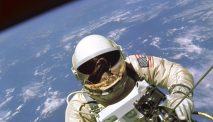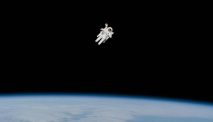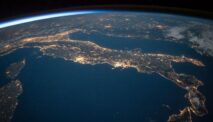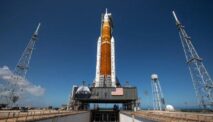“Using Webb’s observations of Comet Read, we can now show that water ice from the early Solar System can be preserved in the asteroid belt,” Kelley said.
The main belt comet was first co-discovered in 2006 by study co-author Henry Hsieh, a senior scientist at the Planetary Science Institute in Tucson, Arizona.
It’s possible that warmer temperatures in the main asteroid belt caused Comet Read to lose carbon dioxide over time, the researchers said.
“Long stays in the asteroid belt can cause carbon dioxide to evaporate more easily than water ice and can persist for billions of years,” Kelley said.
“Comet Read also likely formed in a warmer pocket of the solar system with no carbon dioxide,” Kelley continued.
The observing team is striving to study other main-belt comets and compare them to Webb’s Comet Read data to determine if the celestial body is also lacking in carbon dioxide and to determine next steps in unlocking the mysteries of rare comets.
“Now that Webb has confirmed that water is preserved near the asteroid belt, it will be very interesting to continue this discovery with a sample collection mission and see what else the belt’s main comets can tell us,” Milam said.






